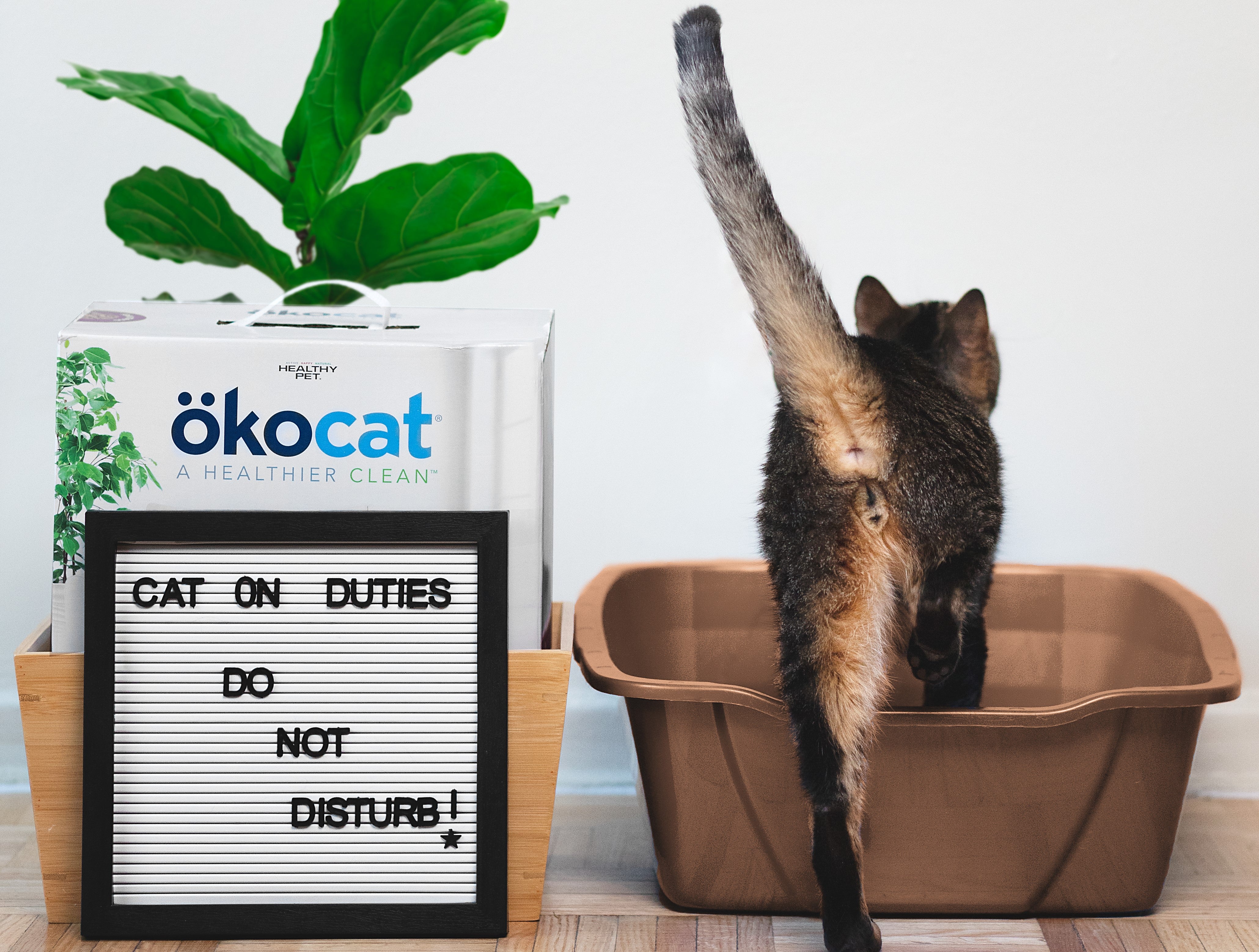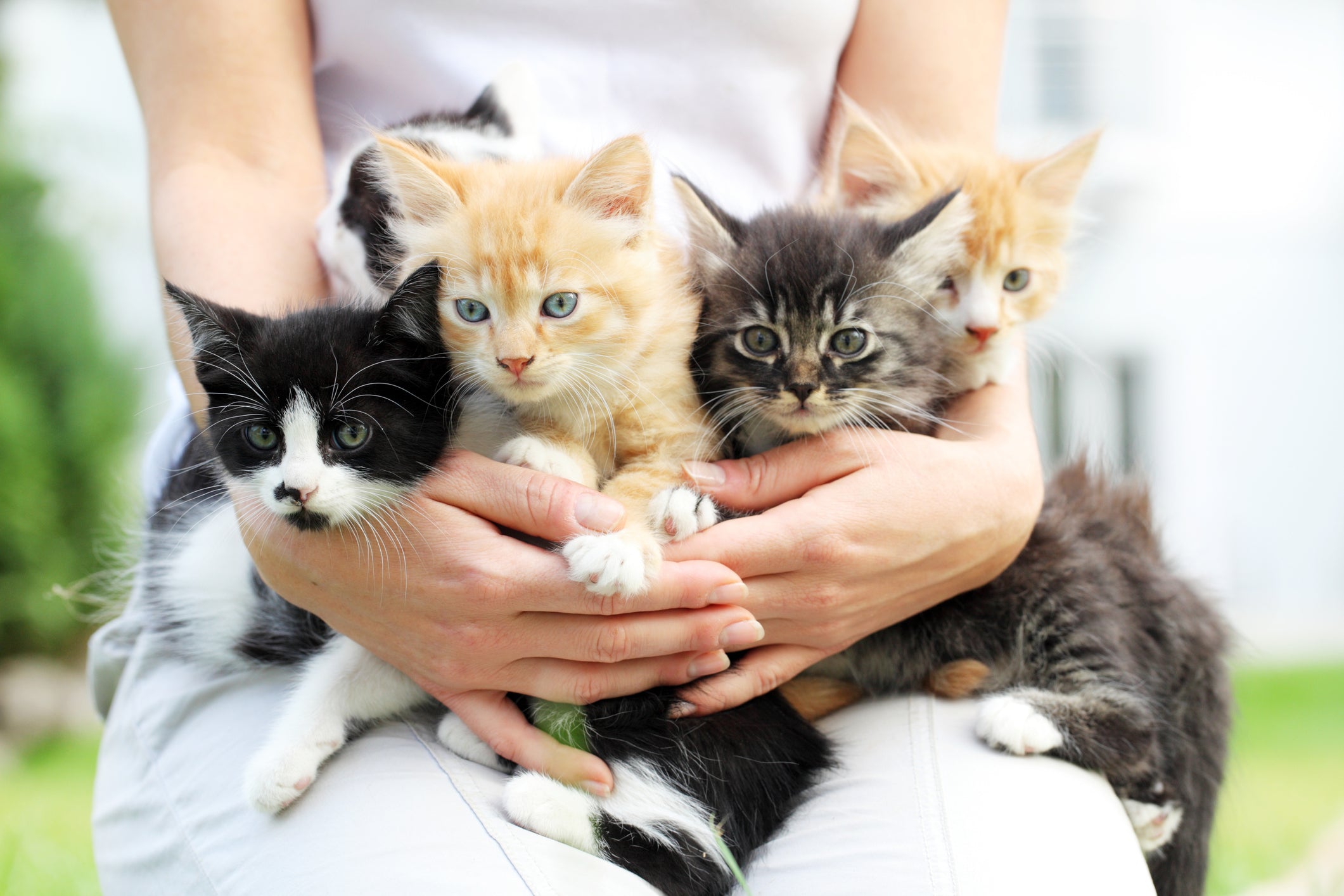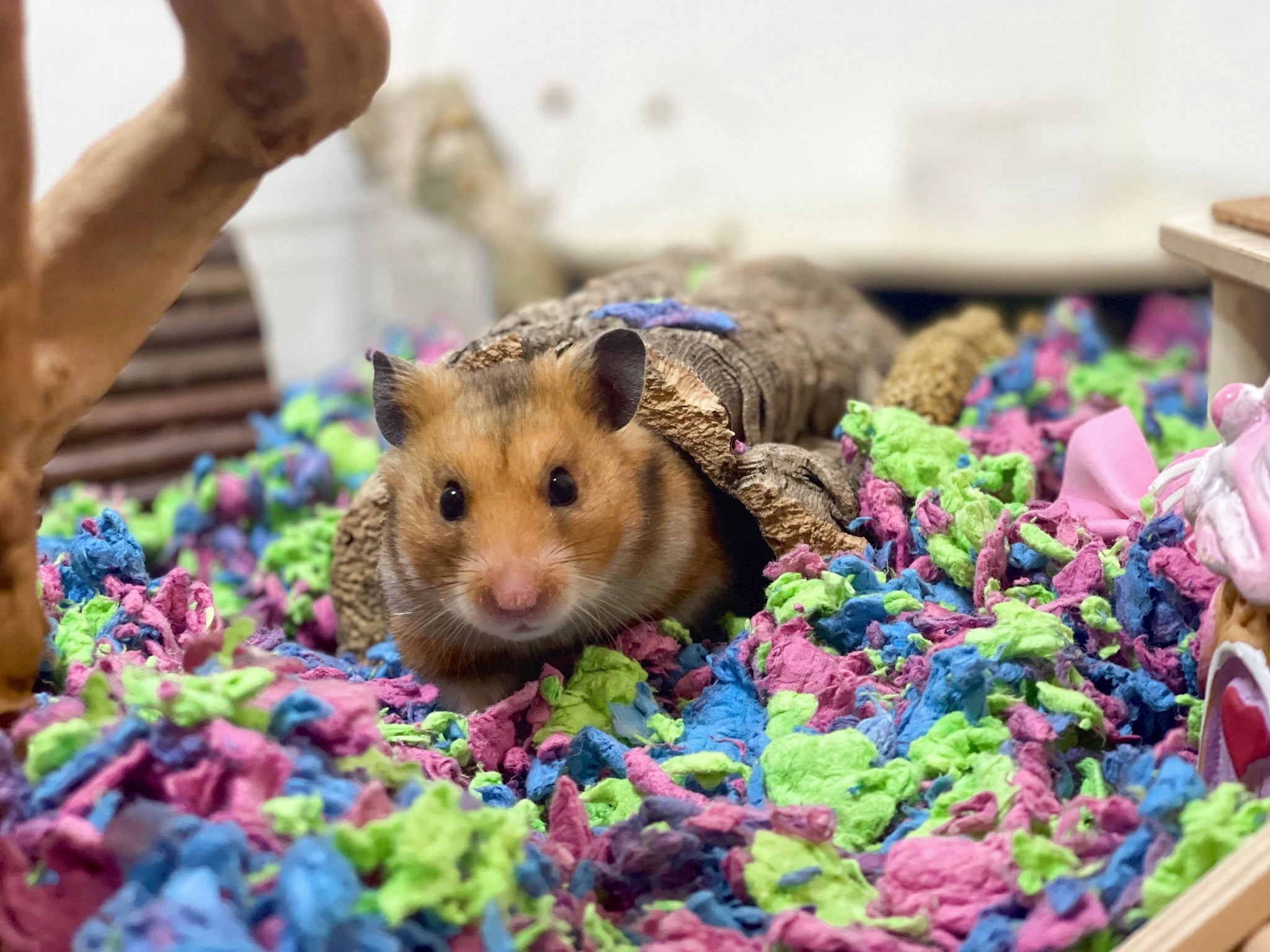
Cat Not Using the Litter Box? Top Reasons Why and How to Fix Them!
It can be very upsetting when your cat urinates outside their litter box. Feline inappropriate elimination (FIE), or house soiling, can be a challenging problem to solve, leaving many feeling overwhelmed. In fact, FIE is one the main behavioral reasons why people relinquish their cats to shelters. By becoming familiar with FIE, you can hopefully prevent it from developing or know how to curtail it.
Before treating FIE as a behavioral problem, medical causes need to be excluded. Inappropriate urination can be due to kidney or bladder infections, diabetes, kidney failure, bladder or kidney stones, or even cancer of the genitourinary system. FIE may be the presenting symptom for a disease in an otherwise healthy cat. Make sure your veterinarian excludes medical causes before you accuse your cat of bad behavior!
Marking their territory
Many cats urinate outside the litter box because of their instincts. In the wild, cats mark the boundaries of their territory to keep others away. Not surprisingly, domestic cats have kept this behavior. In particular, unneutered male cats are more likely to mark or “spray” outside of the litter box. Often neutering can prevent or correct this behavior, especially when done at 6 months of age or younger. Sometimes, even neutered male cats or female cats can become territorial. If multiple cats are sharing one litter box, cats will often “claim” the litter box by marking it.
Make sure you have multiple litter boxes in different locations to help prevent this behavior and consider using feline pheromones to “calm” territorial disputes.
Location

Like in real estate, it’s all about location, location, location. Cats, like us, need privacy when using the bathroom. Placing the litter box in a high traffic or noisy location will deter many cats from using it.
Be sure to place the litter box in a quiet location where your cat will not be disturbed, otherwise it may fear the litter box. Also, make sure the litter box is easily accessible. Older cats with arthritis may have trouble climbing stairs so place the litter box close to where they spend most of their time.
Preferences
Most people know cats can be picky: they are picky eaters, they are picky about whom they like and they are picky about when they want to be loved. It should not be surprising that they can also be picky about litter or their litter box.
Fortunately, ökocat makes different formulations to suit your cat’s fancy. “Original premium” has a natural texture and scent, “super soft” has a soft texture similar to clay, “less mess” has small pellets that are less likely to stick to your cats’ fur, “featherweight” has a soft texture and is their lightest litter, and “dust free” is a non-clumping paper pellet that is ideal for cats with respiratory issues or after surgery.
If you change litters, make sure you change the litter gradually. Some cats may be picky about their litter box; some prefer open litter boxes, while others like the privacy of a covered litter box. Watch for these preferences and remove or add a cover based on your cat’s desires.
Accessibility
As cats get older, arthritis becomes more common. Arthritis is a progressive, painful joint disease that limits mobility. Arthritic cats may have trouble getting in and out of traditional litter boxes and end-up going outside of the litter box. This problem can be resolved by using “low profile” litter boxes or boxes with a ramp. Likewise, soft litter, like ökocat “super soft” and ökocat “featherweight” are easier on an arthritic cat’s joints.
Dirty litter boxes

Cats are very clean animals. They meticulously groom themselves. It should be no surprise that they prefer clean litter boxes. The presence of waste and the smell of ammonia in a dirty litter box can deter a cat from using it and force them to go elsewhere. Keeping the litter box clean is a chore that is often neglected. However, keeping the litter box clean is often the only way to cure inappropriate urination. If you can’t scoop daily, consider an automatic self-cleaning litter box or try teaching your kitty to use the toilet (yes, it is possible with training and patience, but don’t expect them to flush).
Solving FIE
By knowing the causes of FIE, you can hopefully prevent it from developing. Since bad habits are hard to break, it is easier to prevent a behavioral problem than to treat one. But what do you do if your cat already house soils?
FIE can be a frustrating problem. By knowing the most common behavioral causes of this problem, you can help prevent it from developing or treat a pre-existing problem. If these problems persist, ask your veterinarian for a referral to a veterinary behaviorist.










